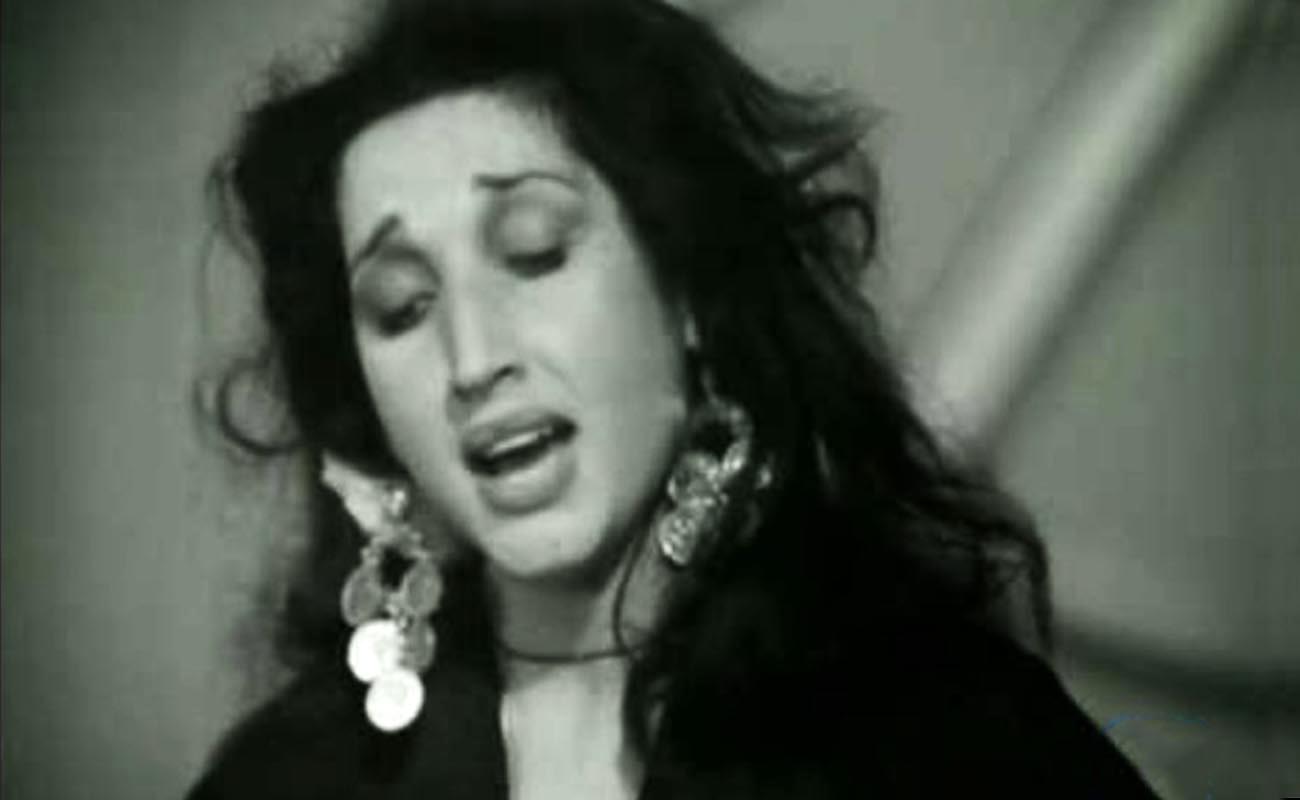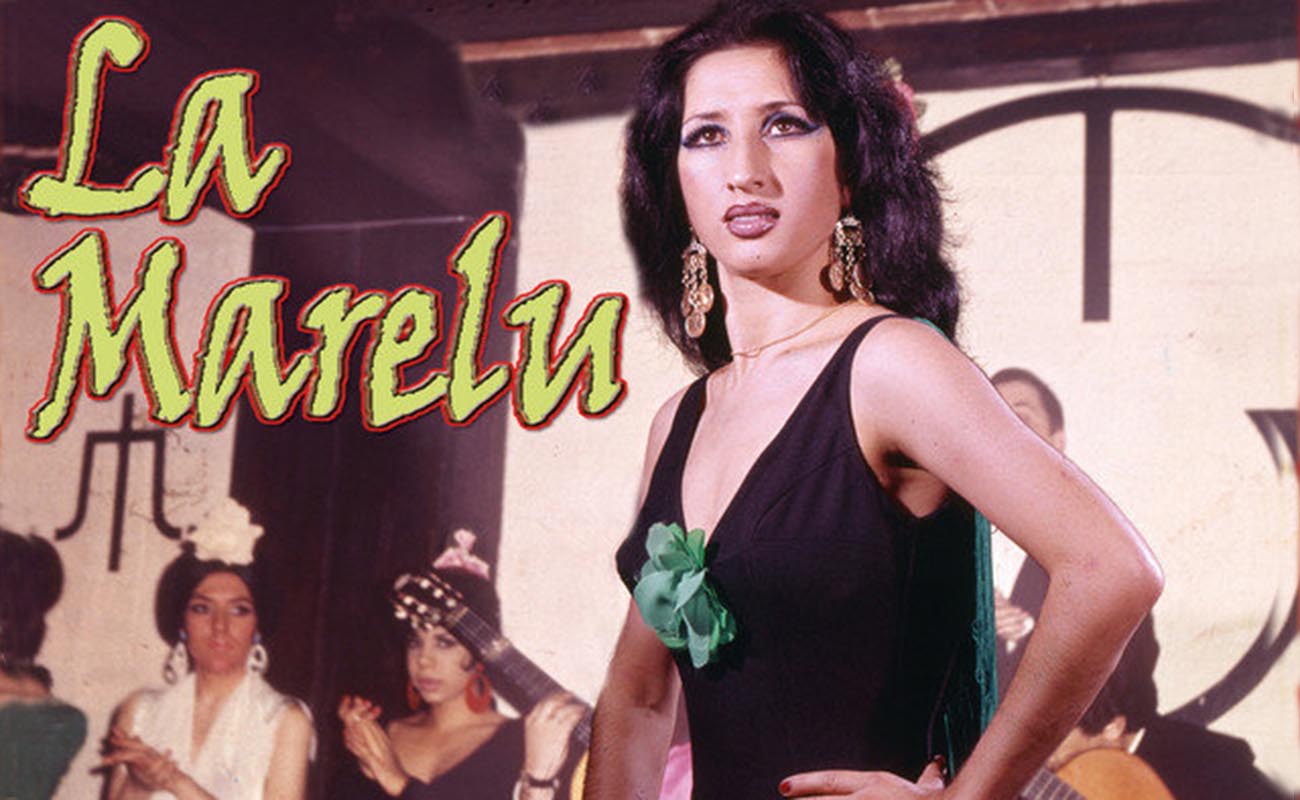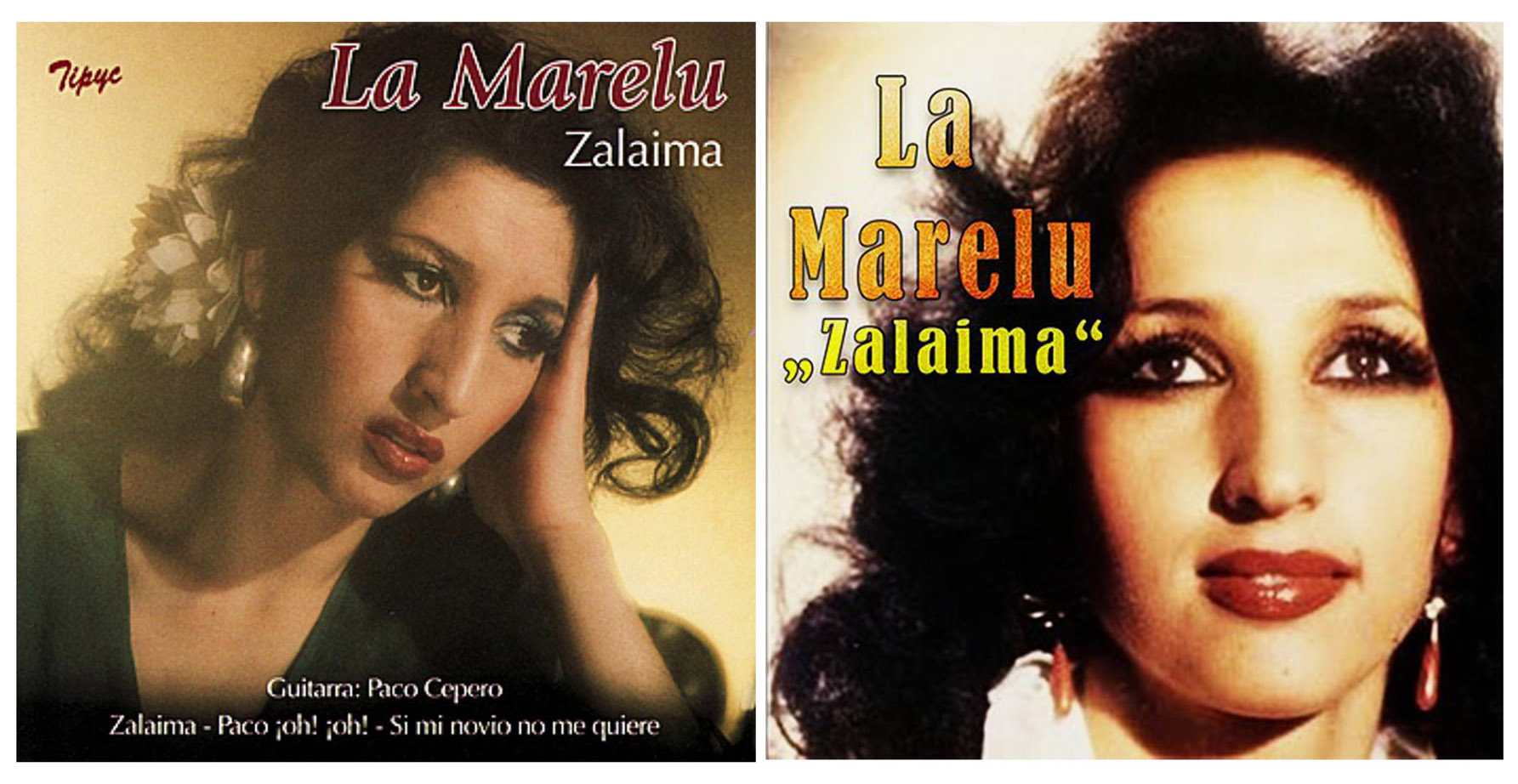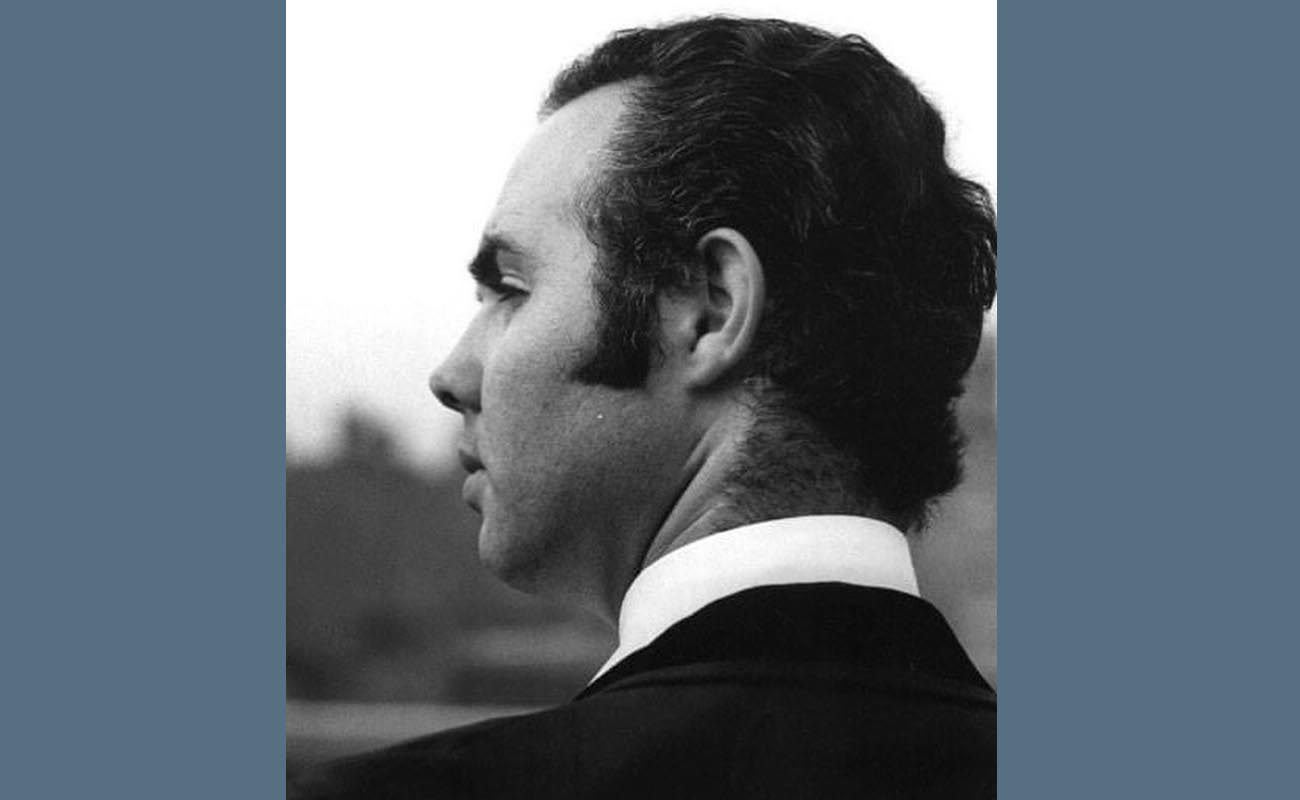Marelu: the legendary singer from Extremadura
In the early 1970’s, Madrid was a seething hub of flamenco activity, and artists came up from Andalusia and beyond in search of relatively generous salaries. That was when I met Extremadura singer Magdalena Montáñez Salazar, Marelu, in a small nightclub just off the Gran Vía, the main drag.

In the early 1970’s, Madrid was a seething hub of flamenco activity, and artists came up from Andalusia and beyond in search of relatively generous salaries. That was when I met Extremadura singer Magdalena Montáñez Salazar, Marelu, in a small nightclub just off the Gran Vía, the main drag, where guitarist Montoyita senior, and dancer Jesús Rondeño were also appearing. She had already recorded, and was making the rounds of the capital’s flamenco tablaos such as Cuevas de Nemesio, los Canasteros, Arco de Cuchilleros and Torres Bermejas among others.
It was the heyday of Extremaduran flamenco singing transplanted to Madrid by the great Porrinas de Badajoz, supported by the talent of young singers from the region such as Juan Cantero, Ramón el Portugués and Guadiana and the Indio Gitano to name a few. According to Juan Vargas, a well-known guitarist from Extremadura: Marelu was, without a doubt, one of the most important ones, her numerous recordings were very successful, she had many followers and Camarón admired her profoundly. Marelu is very well-known even among people who are not flamenco fans.
She was born in 1952 on the Calle Alta in Badajoz. In a recent telephone conversation, she said she has beautiful memories of those beginnings always close to her heart, although she moved to Madrid for professional reasons at a very young age. She has lived in Barcelona for years, and has family in Málaga as well. Marelu is the niece of the late Eugenio de Badajoz, Porrina’s son-in-law, dancer and artistic director of Torres Bermejas.
Flamencologist Paco Zambrano, former president of the Asociación de Arte Flamenco de Badajoz and current coordinator of the Centro Extremeño de Flamenco, tells me: Marelu is a very resourceful artist, able to sing and dance to any kind of music. She has an extensive discography, somewhat disorganized, in which she mixes traditional flamenco with commercial songs, although she sings nearly all the flamenco song-forms and styles. Zambrano praises what he describes as her velvet voice. I’d say it’s a luminous voice with a moving instinctive delivery that gets you hooked from the start and goes well with her exotic beauty.
As a young girl, she won first prize in a flamenco singing contest on Radio Extremadura. The famous singer Antonio Molina heard one of her records and took her on tour with his company throughout Spain and France. It was a time of flamenco evolution, and Marelu worked alongside artists who were making it take shape such as Camarón, Pansequito, Amina and Turronero, with guitarists Enrique de Melchor, Félix de Utrera, Paco Cortés and Paco Cepero who took an active interest in her career.
She has a powerful artistic personality, while at the same time everything she interprets is soaked in the unmistakable perfume of Extremadura. Of course she does a fine job with the characteristic tangos and jaleos, but is also adept at fandangos, alegrías, rumbas and numerous songs composed for her by her regular guitarist, Paco Cepero – De Badajoz yo me he venío and Paco oh oh are creations that indelibly marked that era.
During our conversation, I asked her opinion of contemporary flamenco, and she replied: I think it’s fine that young artists do new or experimental things, each person is a world unto him or herself, and that needs an outlet.
When I ask her to give a succinct explanation of what makes Extremadura’s flamenco different from that of the mainstream, she says: it’s calm and laidback, these are cantes with a special flavor of their own, just as Jerez has its bulerías and Cádiz its tangos. Absolutely, Marelu, but we just wanted to hear it from the queen of Extremadura flamenco.







